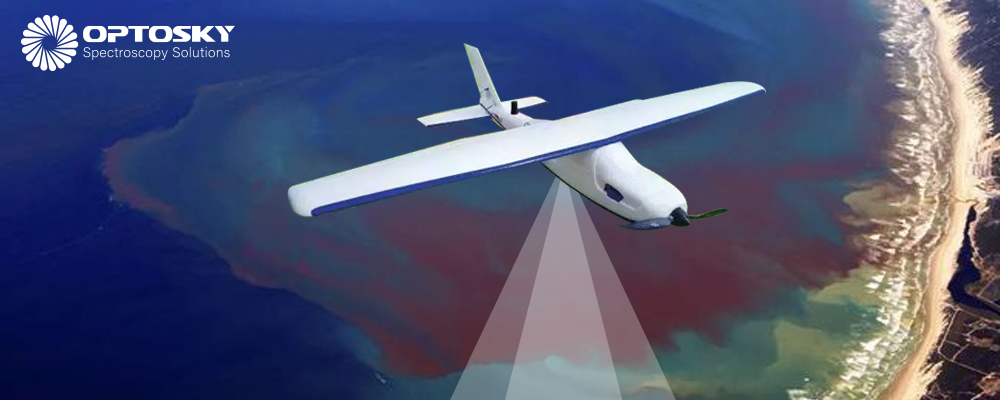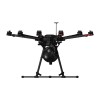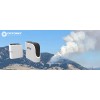Quantification of Margalefidinium polykrikoides Blooms by Using Airborne Hyperspectral Imagery
To minimize the damage caused by red tides, their detailed spatial distribution must be understood with extreme accuracy. Airborne hyperspectral imaging can provide a lot of information about the optical characteristics of red tide species and help quantify red tide cell abundance
Margalefidinium polykrikoides is a major red tide species and can harm Marine life by killing fish in aquaculture tanks through gill blockages at high cell abundance. To minimize the damage caused by red tides, their detailed spatial distribution must be understood with extreme accuracy. Airborne hyperspectral imaging can provide a lot of information about the optical characteristics of red tide species and help quantify red tide cell abundance. However, direct application of the published red tide index to HIS has some limitations because it has been developed for multi-channel sea color sensors. The researchers developed an index for quantifying the polycyclic maghliffe cell abundance map using HIS. A new index for estimating cell abundance using paired polycyclic magliffia cell abundance and in situ spectroscopy is proposed. After optimizing the published red tide index and band correlation analysis, the green fluorescence ratio (GFR) index was proposed based on the spectral characteristics of red tide. GFR indices were calculated from green (524 and 583 nm) and fluorescent (666 and 698 nm) bands and converted into red tide cell abundance using a second-order polynomial regression model.
Using the red tide cell abundance map generated by the GFR index, the researchers were able to determine the precise spatial distribution and accurately estimate the cell abundance of the polycyclic Maglivosa. This method provides a basis for establishing effective measures to reduce the damage of polycyclic maghriffian alga.




















Comments: 0
No comments